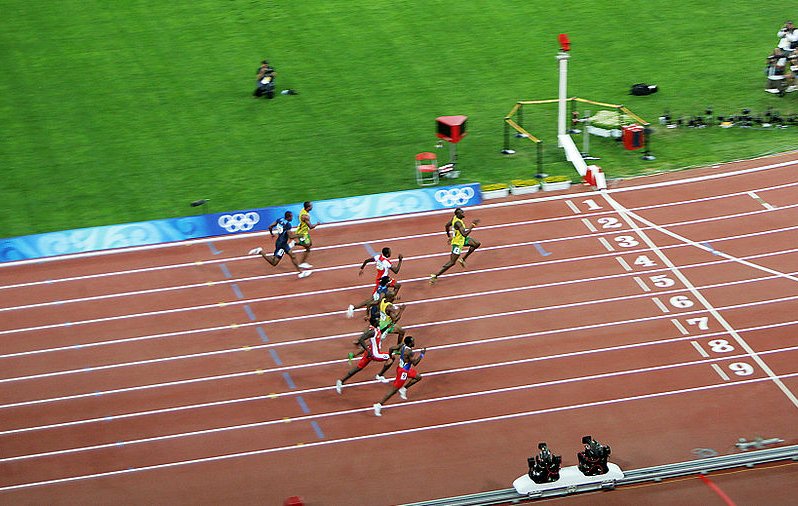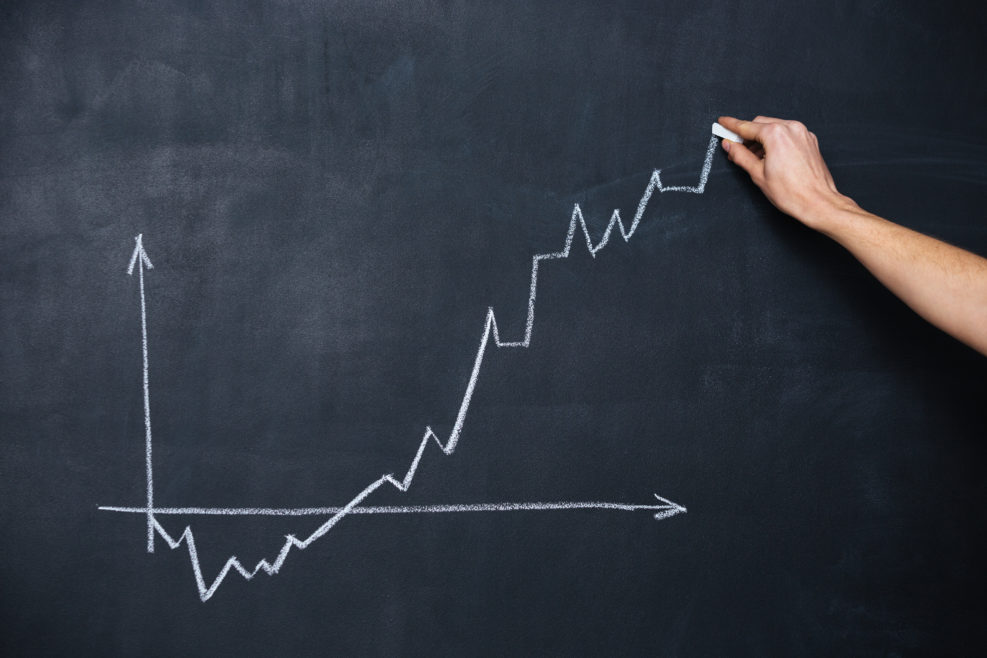
The Brady Bunch – Why Research Should Be Guided By Common Sense
Do our names really influence our choice in profession or the way our lives play out?The credibility of scientific research is undermined by scientists torturing and mining data in a tenacious search for media-friendly results. Media-friendly findings tend to be entertaining, provocative, and surprising, and there is a good reason why they are surprising – they are wrong. Here is an example from BMJ, a top-tier medical journal. A paper with the alluring title, “The Brady Bunch?,” investigated “nominative determinism,” the idea that our surnames influence our choice of professions. With my name being Smith, I might have been predestined to choose to be a blacksmith or silversmith. That didn’t happen, but a newspaper article did find “a dermatologist called Rash, a rheumatologist named Knee, and a psychiatrist named Couch.” The authors of the BMJ Read More ›

